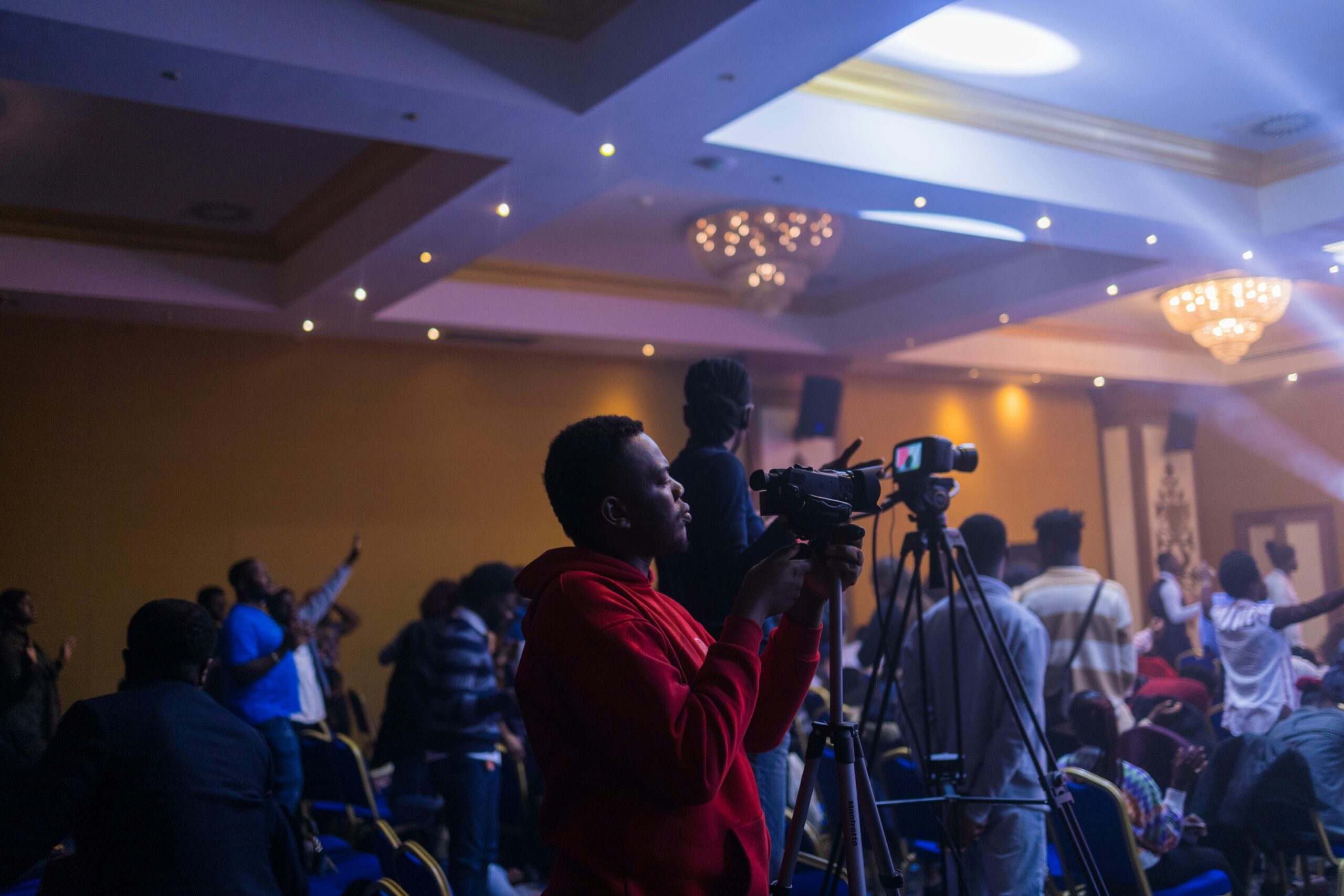
In a harrowing development from Gaza City, journalists are increasingly becoming targets in the ongoing conflict, raising international concern over the safety of media personnel in war zones. Following a drone strike by Israel that decimated a tent housing journalists near al-Shifa Hospital on August 10, the global journalism community is reeling from the implications of what many perceive as deliberate targeting.
Key Facts
- Four Al Jazeera staff were killed in the August 10 drone strike, among seven fatalities.
- Palestinian journalists now regard press vests and helmets, once symbols of neutrality and protection, as targets.
- Since October 2023, Israeli attacks have claimed the lives of at least 238 media workers in Gaza.
Background
Journalists in Gaza have long faced extreme risks, with the region being named the most dangerous place on earth for media workers. The recent drone strike, which the Israeli military admitted was deliberate, targeted a tent of journalists and killed several, including an Al Jazeera journalist wrongly accused by Israel of affiliating with Hamas. This incident has significantly heightened fears among journalists about their safety while covering the conflict.
Journalistic Challenges and Reactions
Al Jazeera correspondent Hani Mahmoud expressed the constant fear and the ever-present question among journalists: “Will I make it back alive?” This sentiment is echoed widely among his peers, who face daily threats to their safety. The Committee to Protect Journalists and other organizations have denounced Israel’s pattern of accusing journalists of terrorism without evidence, further endangering them.
Palestinian journalist Sally Thabet described the mental conflict of choosing between her duty as a journalist and her role as a mother, amidst the unpredictable violence. Hussein Saad, another local journalist, spoke about the broader implications of these attacks, suggesting that the targeting of Palestinian journalists leads to the erosion of the Palestinian narrative in the media.
Living Conditions and Personal Struggles
Journalists not only report on the conflict but also live through its consequences. Amer al-Sultan, a photographer, shared his experience of subsisting on water for days due to lack of food, highlighting the starvation conditions faced by many in Gaza. Hassan Abu Dan, a journalist and film director, described the dire living conditions that many journalists endure while trying to cover the war.
Despite these immense challenges, Palestinian journalists remain committed to their work. Al Jazeera’s Hani Mahmoud emphasized the duty of journalists to document the truth, driven by a belief in their responsibility towards their people and history.
Official Reactions and What’s Next
The international journalism community continues to call for greater protection for journalists in conflict zones and for accountability for the targeting of media workers. The situation remains tense, with media workers in Gaza facing increasingly difficult decisions about covering the ongoing conflict while ensuring their personal safety.